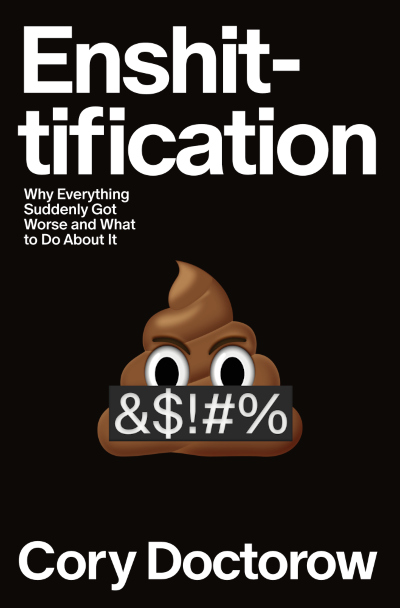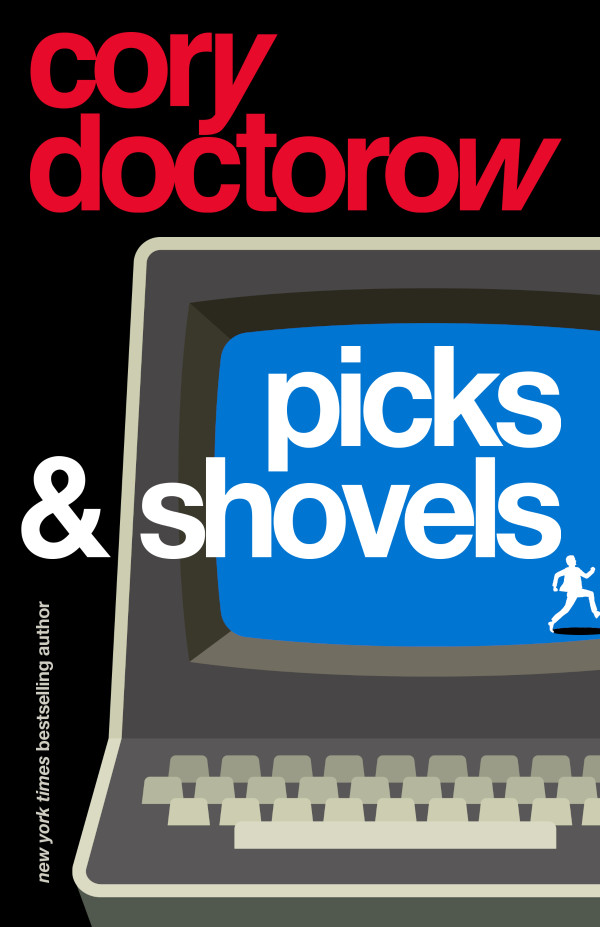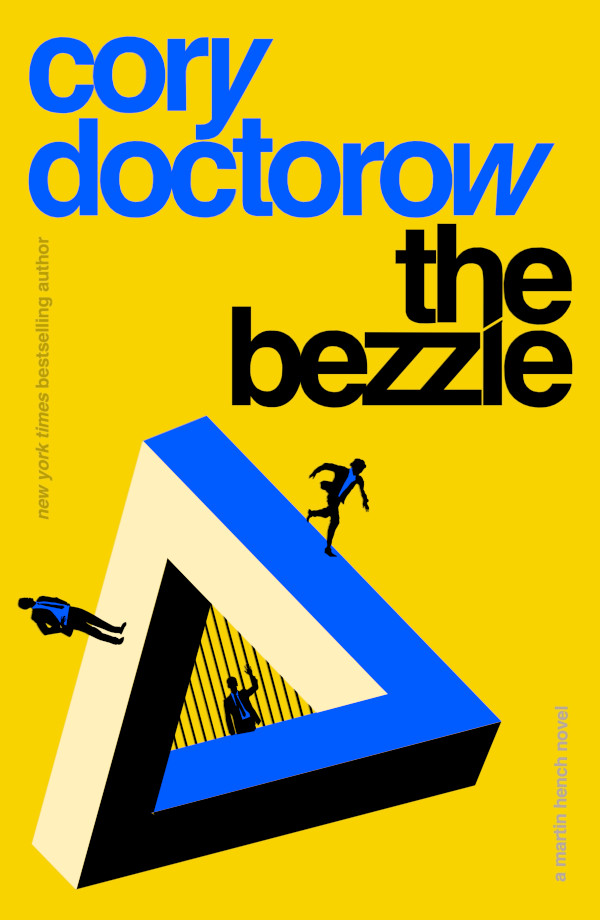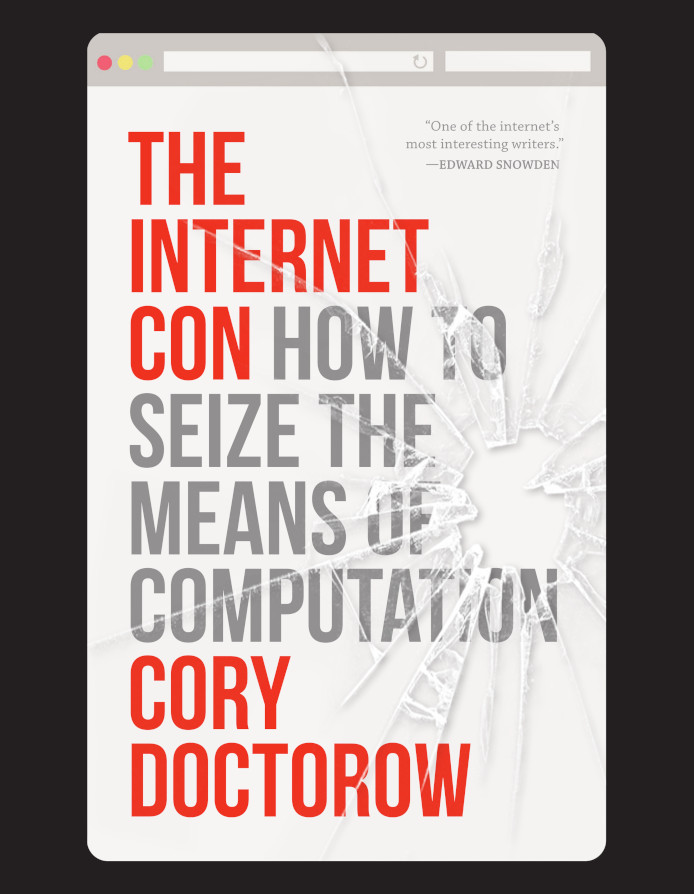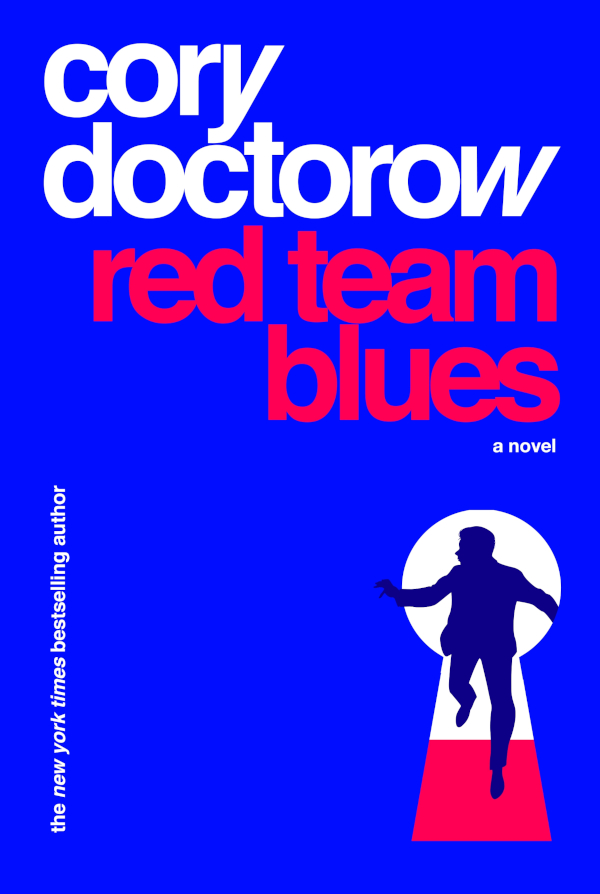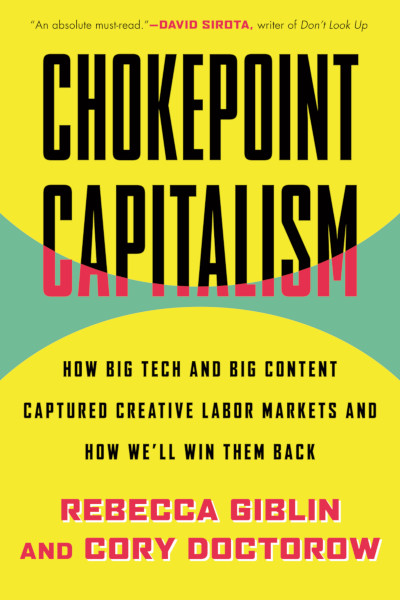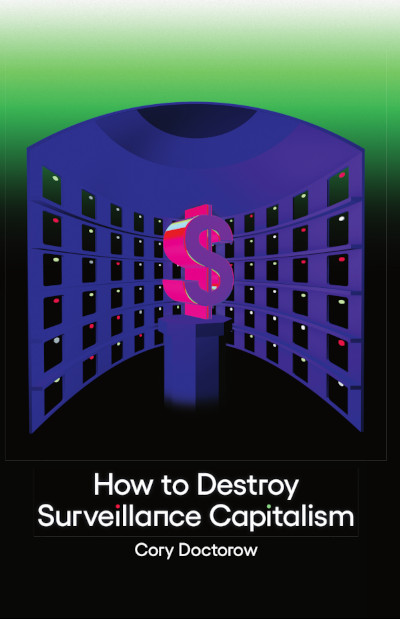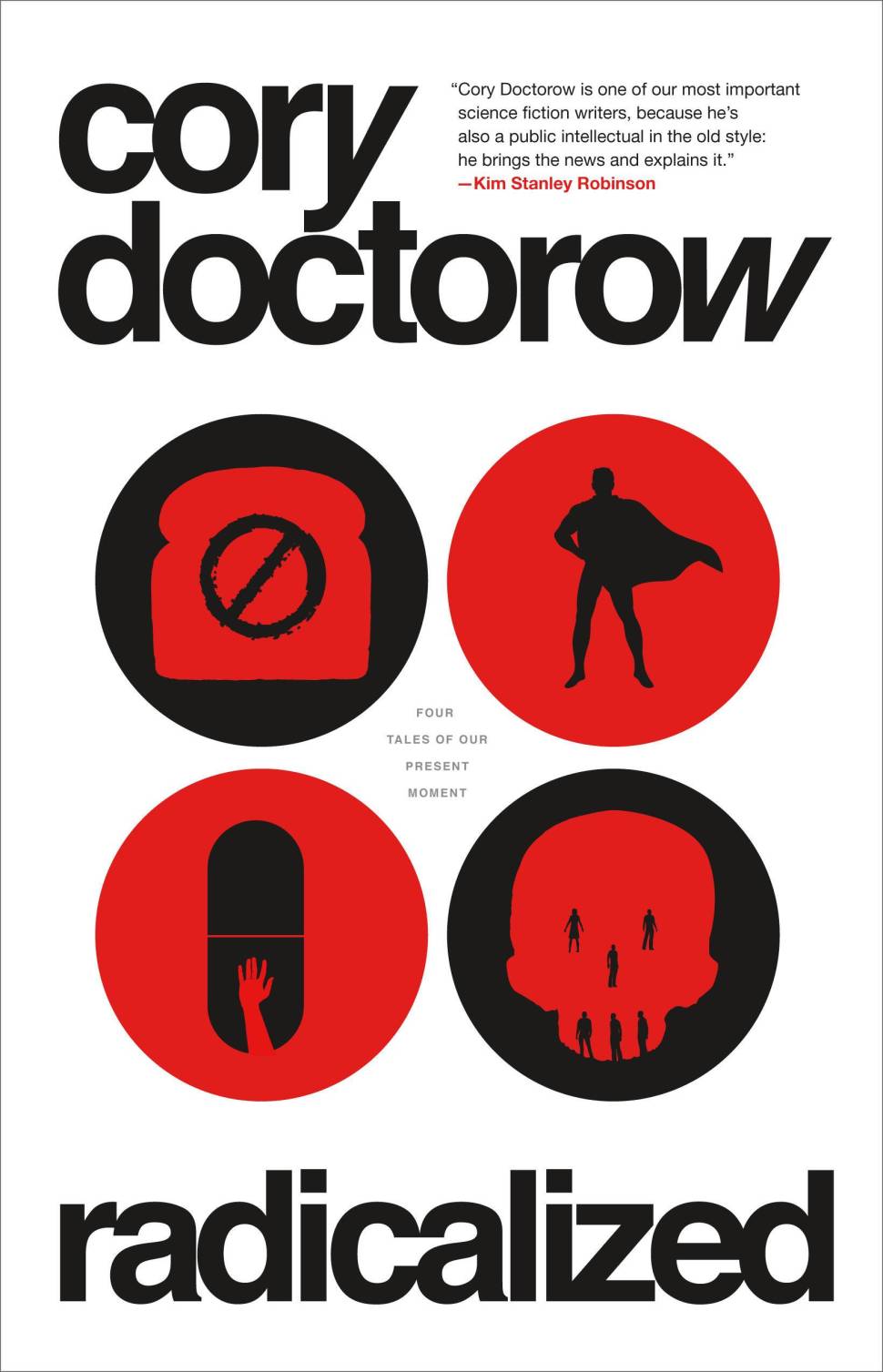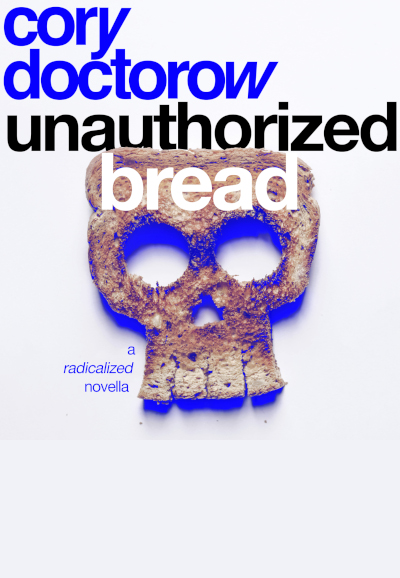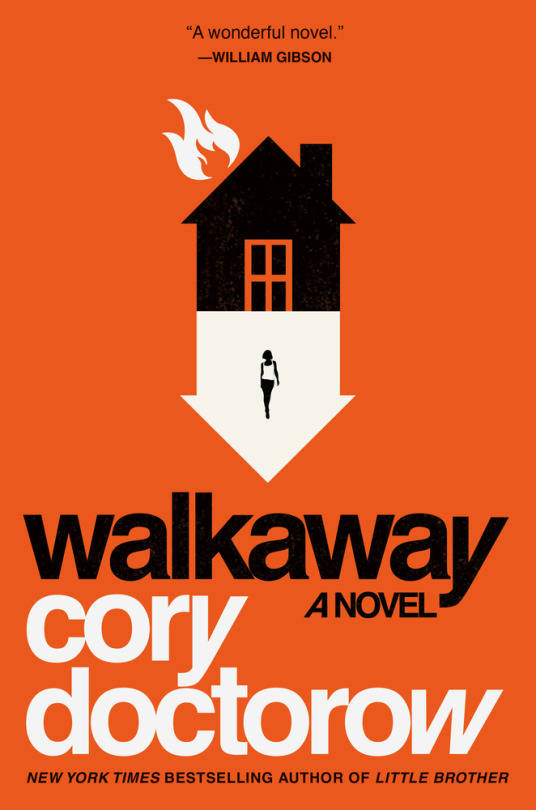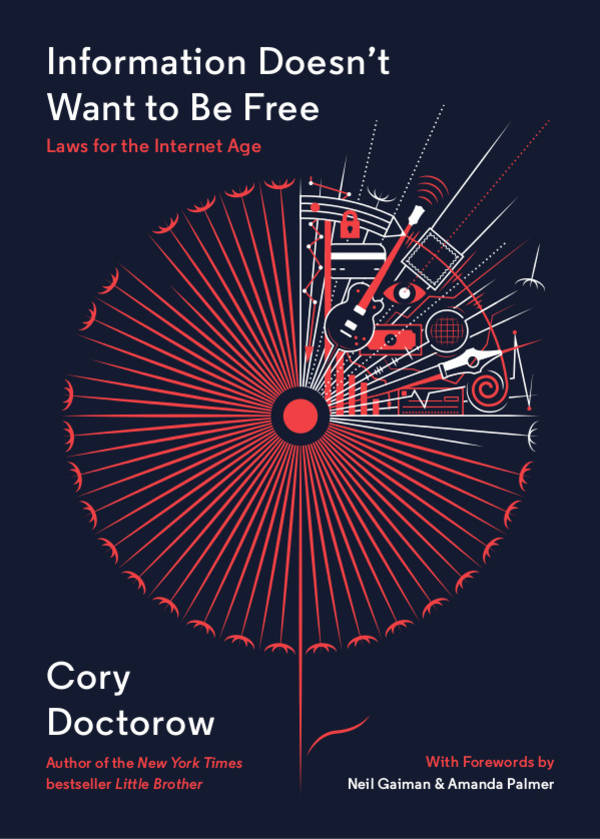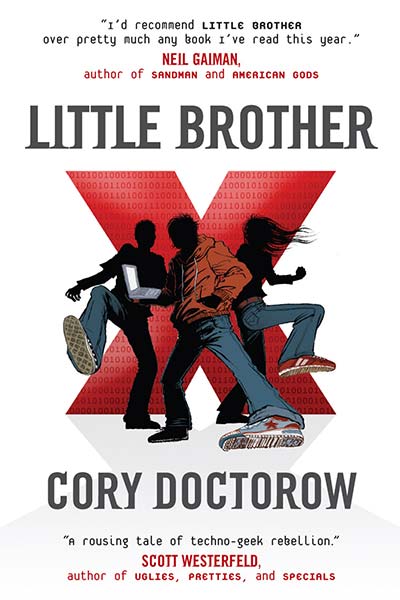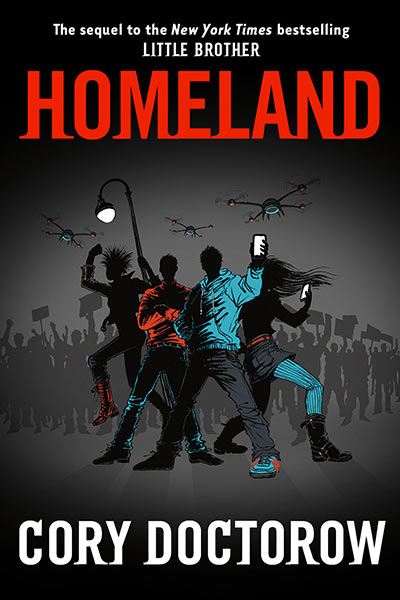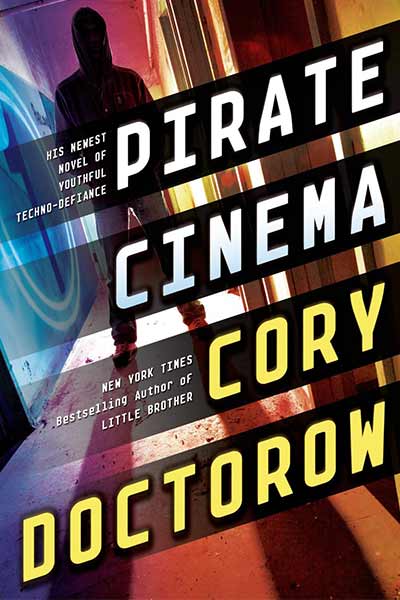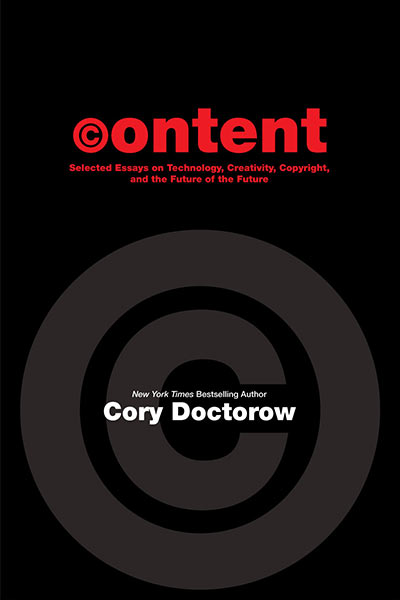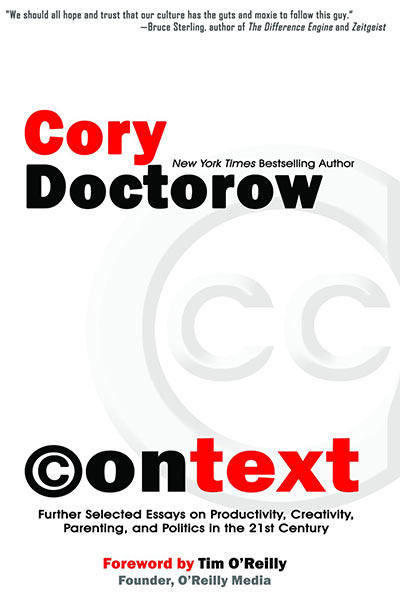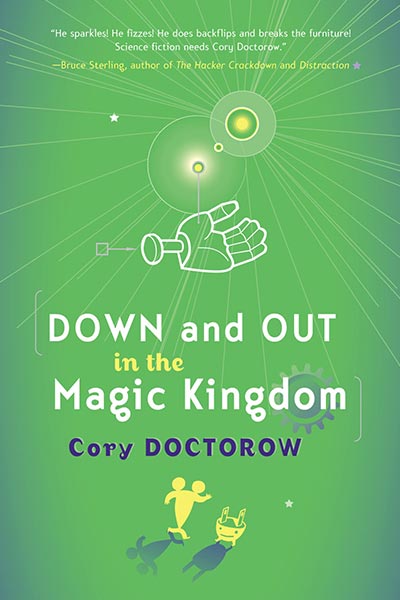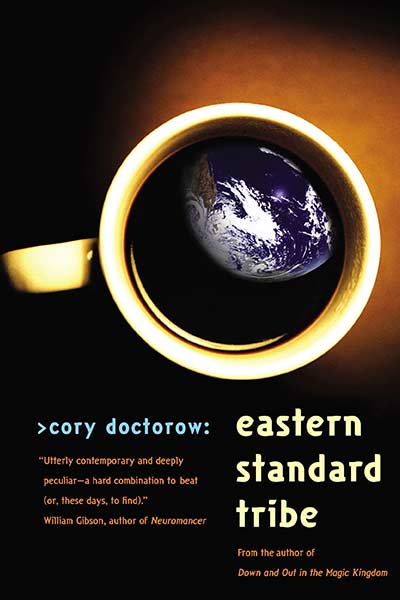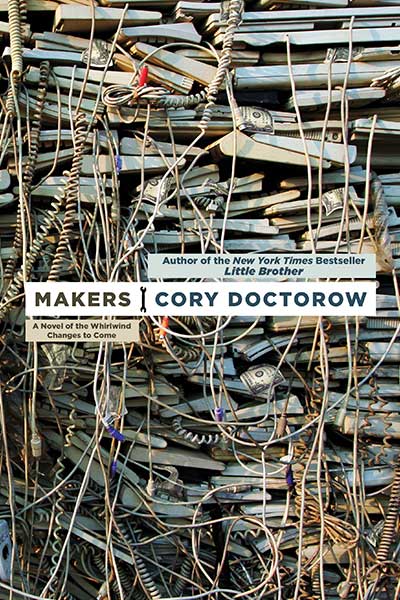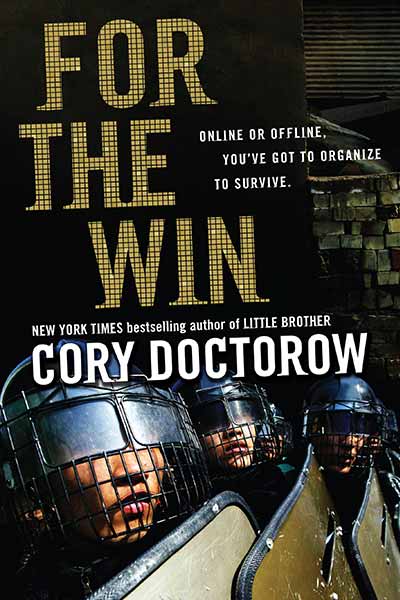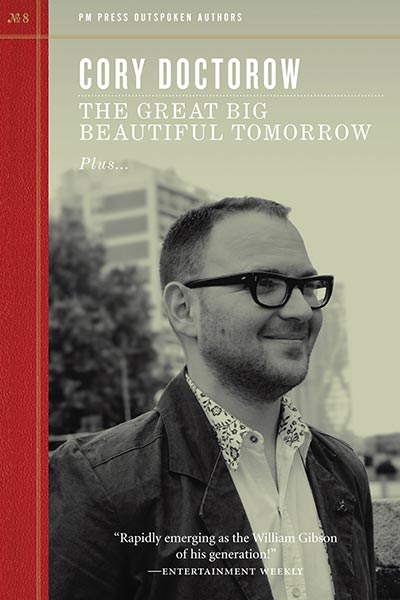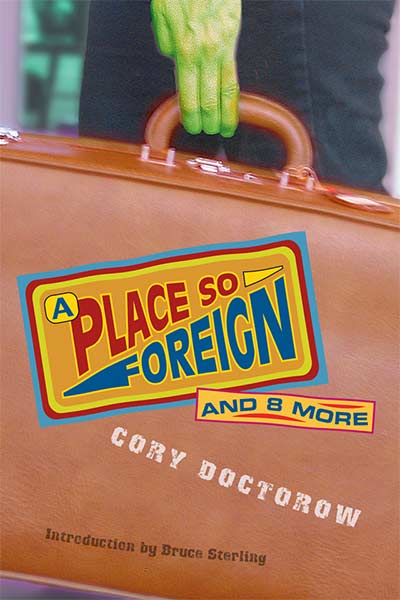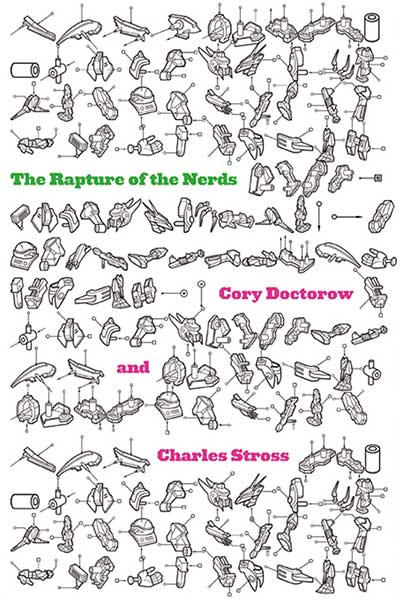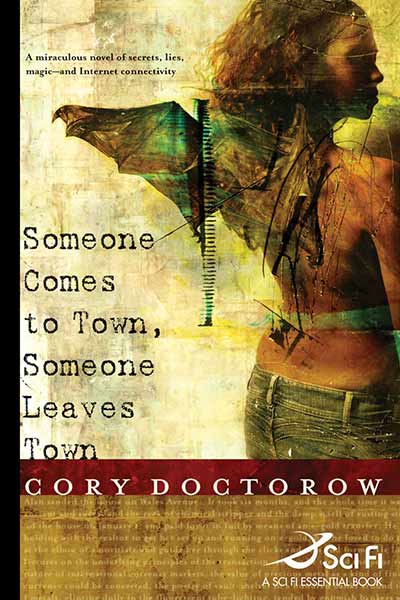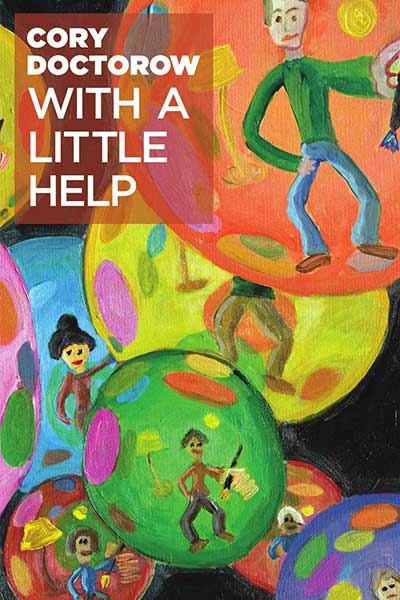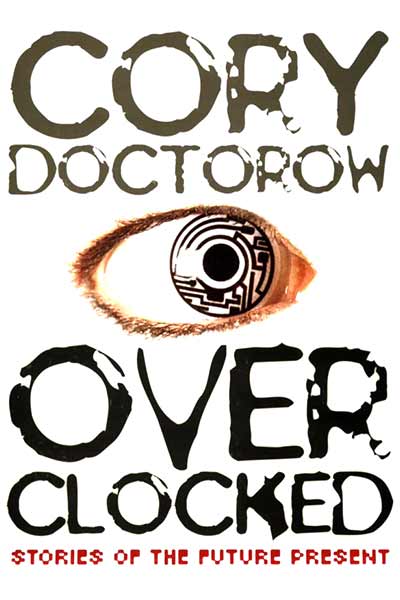Asimov’s
Gardner Dozois was the first editor I ever sent anything to, in 1987, at the tender age of 16, a story called “Birdblood.” Over the following decade, Gardner saw virtually everything I wrote — and rejected it all.
In August, 1997, I went out to my mailbox and extracted a SASE with “Grace, Asimov’s” scrawled on the back in my hand. “Damn,” I thought, “another reject. Wonder if Van Gelder will buy it?”
Standing in the driveway, I opened the envelope. I read the letter. The first three paragraphs told me why he didn’t think he should buy it — not really sf, in a nutshell. The last one said that he was buying it anyway.
I freaked. There’s no other word for it. I whooped and did a barefoot dance in the driveway of the factory that I live in, then ran down the hall, screaming like an idiot. I burst in on my neighbours, who were entertaining a new client, and screamed and screamed and screamed. Eventually, I managed to let them know what had transpired, and they congratulated me roundly and offered me a beer. Then I called everyone I knew and screamed.
That was a great day.
A month later, Gardner bought another one, “At Lightspeed, Slowing, another story set in Costa Rica, where I spent a lot of time in 1993 as a volunteer on a Youth Challenge International project.
When the October/November double-ish of Asimov’s arrived in my mailbox, I whooped all over again, rubbbed my contrib copies all over my body, and then signed one, “To Cory, You Big Stud, You Rock!”
more
